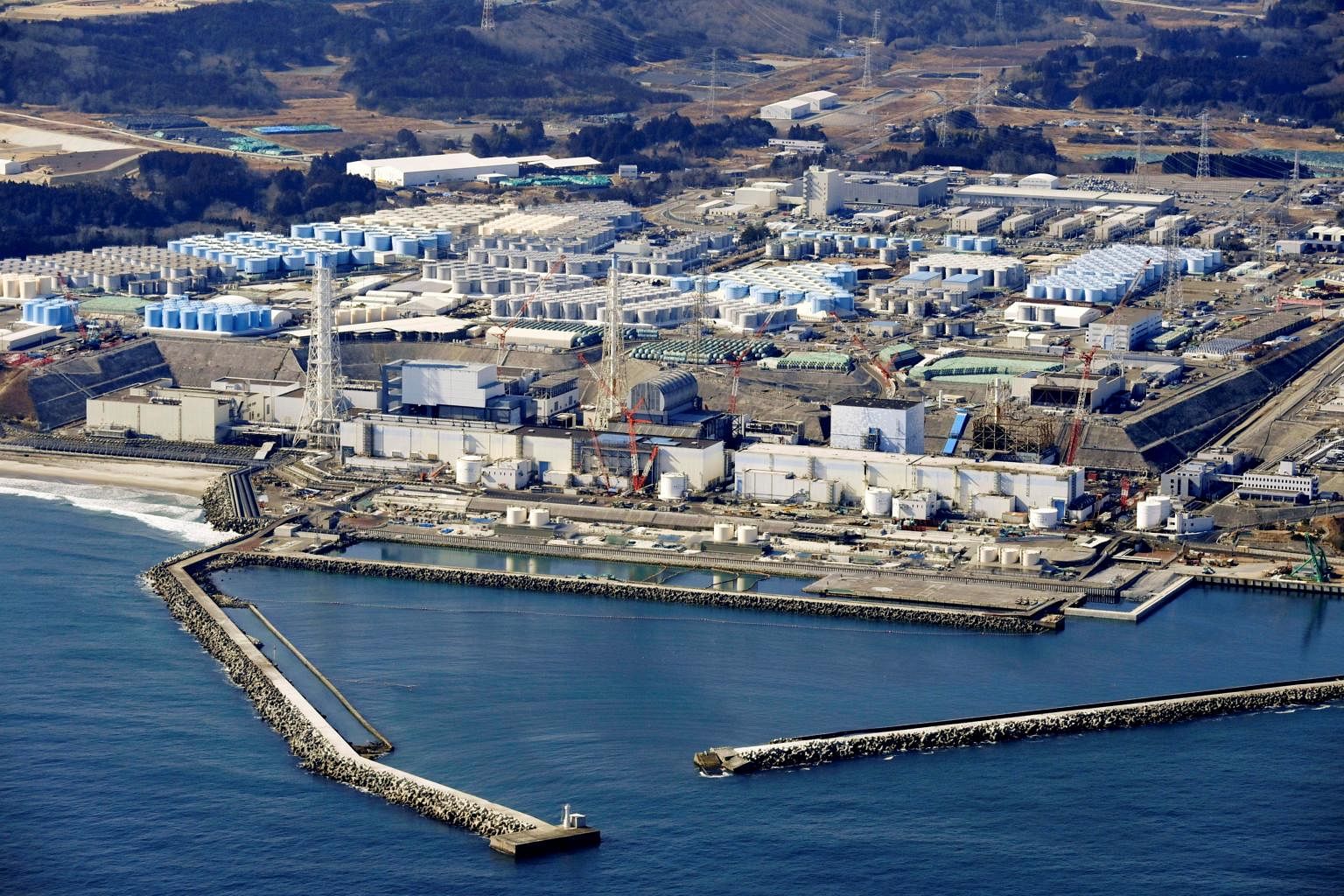PARIS (AFP) - Six years ago, nearly every country in the world set targets for reducing their carbon emissions - but the sum total of their pledges fell far short of what was needed to keep the planet from dangerously overheating.
That first raft of "nationally determined contributions" (NDCs) - many conditioned on financing and technical support - under the 2015 Paris Agreement would have seen Earth heat up 3 to 4 deg C above pre-industrial levels.
The treaty called for a cap of "well below" 2 deg C.
And following a landmark 2018 UN climate science report that warned of dire impacts even at 2 deg C, Paris' aspirational 1.5 deg C limit has become the de facto target.
Under the deal's "ratchet" mechanism, signatories review and renew their emission-cutting plans every five years.
Most countries have done so since late 2020, but a new tally still puts the world on course toward "catastrophic" warming of 2.7 deg C by 2100, according to the UN.
Ahead of the COP26 summit kicking off in Glasgow Sunday (Oct 31), AFP rounds up national pledges:
China
In 2016, China - responsible for more than a quarter of all carbon pollution and by far the largest emitter - promised to reduce the intensity of its emissions 65 per cent by 2030.
In September last year, President Xi Jinping made a surprise announcement at the UN General Assembly: China plans to achieve carbon neutrality by around 2060.
On Thursday, Beijing released its much anticipated NDC update, which refined its promises: peak emissions before 2030 and net-zero before 2060.
But the country's new five-year plan does not spell out the steps to reaching this goal.
In the meantime, China continues to build new coal-fired power plants, the single largest source of carbon pollution.
United States
The second-largest carbon emitter, the US was a driving force behind the Paris deal, with an initial commitment to cut emissions by 26 to 28 per cent by 2025, compared with 2005 levels.
Once in office, President Joe Biden wasted no time in rejoining the accord after his predecessor Donald Trump's decision to backtrack on US commitments.
The country's new NDC calls for lowering greenhouse gas emissions by 50 to 52 per cent by 2030. This is compatible to a 2 deg C world, but still falls well short of the effort needed to stay below 1.5 deg C, according to Climate Action Tracker.
European Union
The EU committed in 2015 to reducing its CO2 emissions by at least 40 per cent by 2030 compared to 1990 levels.

Member states updated this goal in December, aiming to reduce emissions by "at least 55 per cent" by the end of this decade - a goal also in line with 2 deg C of global warming.
Britain, which has now left the EU, has a 2050 net-zero target built into law. It announced in December it would seek to reduce emissions by 68 per cent by 2030, compared with 1990 levels, in sync with the 1.5 deg C target.
India
India is the world's third-largest polluter, but has a per-capita carbon footprint far lower than the world's other top emitters.
Like China, the country has unveiled plans to reduce its carbon intensity - by up to 35 per cent this decade compared to 2005 levels. It has yet to submit a renewed NDC.
Russia
Russia, which did not formally join the Paris deal until in 2019, submitted its first carbon-cutting plan in 2020. Using 1990 levels as a benchmark, Moscow said it plans to reduce CO2 emissions by 30 per cent by 2030, a target deemed "critically insufficient" by Climate Action Tracker.
Most recently, Mr Vladimir Putin announced that Russia would aim for carbon neutrality by 2060, but did not provide a roadmap for how the country would get there.
Japan
In 2016, Japan committed to a 26 per cent reduction in emissions by 2030. Its renewed NDC, issued in March 2020, had the same figure, sparking sharp criticism from carbon monitoring research groups.

But a more ambitious carbon cutting plan unveiled earlier this month sets a goal of reducing emissions by 46 per cent by 2030, compared to 2013 levels. Former prime minister Yoshihide Suga said the country would be carbon neutral by 2050.
Other major emitters
Among other big emitters, Brazil, Mexico, Australia, South Korea and Indonesia have all resubmitted NDCs that are no more ambitious - and in the case of Mexico and Brazil even less ambitious - than before, according to experts.
Canada, South Africa and Argentina, by contrast, have all boosted their carbon-cutting commitments over the next five years.
Last week, Saudi Arabia pledged to be "net zero", or carbon neutral, by 2060, but announced no plans to curtail oil and gas exports. Turkey recently announced its ratification of the Paris treaty, and its first NDC may soon follow.
G-20 nations - holding a summit in Rome this weekend - represent more than 75 per cent of global greenhouse gas emissions.
Carbon neutrality
More and more governments are committing to achieve net zero emissions by mid-century.
So far, 49 countries accounting for 57 per cent of global emissions - including all EU member states, Britain and the United States - have make formal or legal commitments, according to the UN Environment Programme.
Any credible pathway toward global net-zero in 2050 will require slashing carbon emissions by 45 per cent by 2030, according to the UN.
But 2019 was a record year for emissions, which are rapidly climbing back to pre-pandemic levels, according to the International Energy Agency (IEA).

